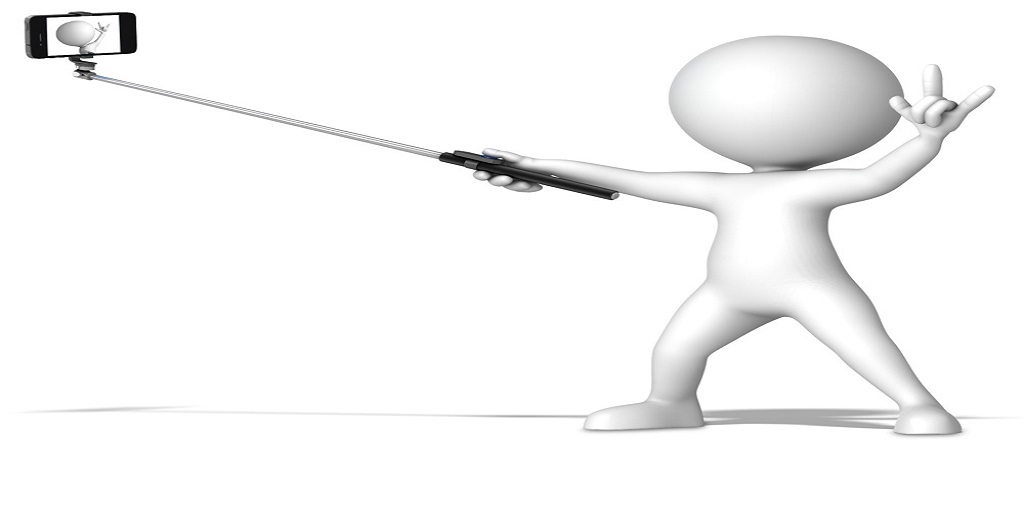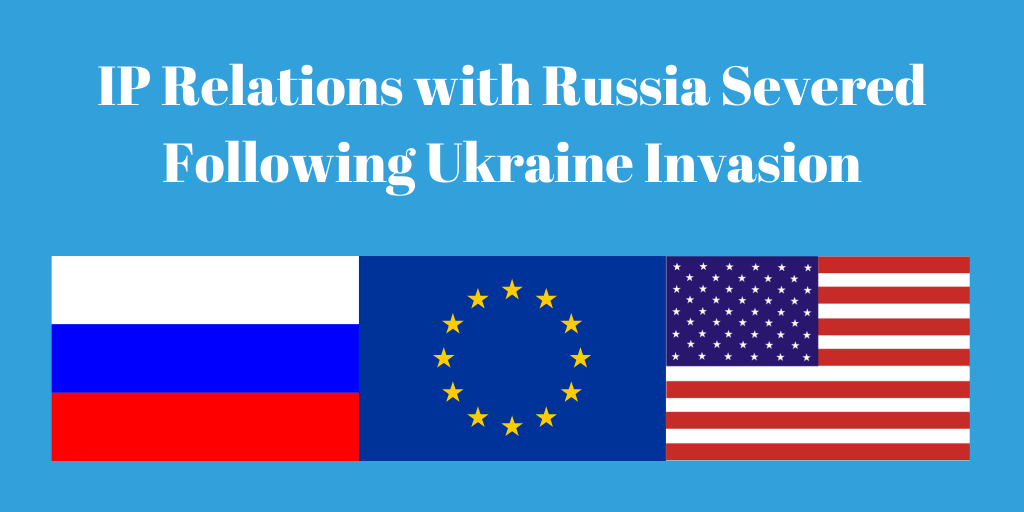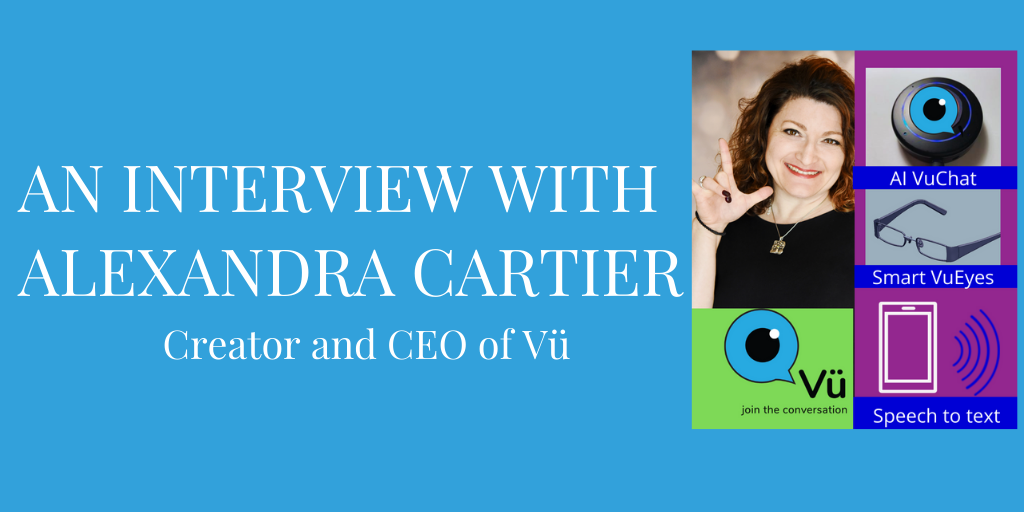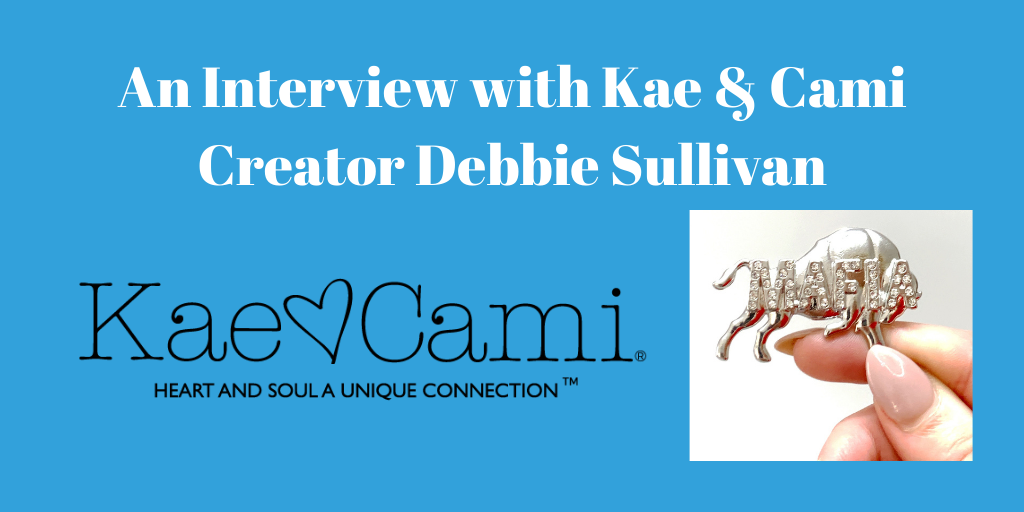Working With A Million Dollar Idea
Working as a patent attorney can be extremely exciting. It allows you to work with inventions that become worldwide phenomenons. We wanted to share with you some of the cool inventions that we worked with. So today, we will be talking about the selfie stick, which became extremely popular throughout the world. The selfie stick was made by Wayne Fromm, a Canadian inventor that obtained the patent for the selfie stick on March 23, 2010.
Let’s take a look at the patent
The patent covering the selfie stick is U.S. Patent No. 7,684,694 (‘694 patent) and titled “[a]pparatus for supporting a camera and method for using the apparatus.” The selfie stick is no mystery since almost everyone around the entire world has seen or used one. But how much protection does the selfie stick have? Let’s explore that question by looking at the claims.
The claims
The ‘694 patent only has one issued claim, which reads as:
An apparatus for supporting a camera by hand comprising:
a base assembly which may be secured to a camera;
a handgrip; and
an elongated support which extends between the handgrip and the base assembly whereby a user of the apparatus may secure a camera to the base assembly and, while holding the handgrip, position the camera a distance away greater than arms length to capture a still image or moving images;
characterized by the base assembly comprising a mirror so that the user may view himself when the apparatus is in a variety of positions to facilitate self-portraits.
An innovative idea that became a worldwide hit
The selfie stick is a great example how creating an invention that meets the trend of an era will help the invention become critically acclaimed. In today’s age, taking photos and posting it on social media is an everyday thing for many people. Moreover, getting those perfect group photos require assistance sometimes. But the selfie stick changes all of that. Taking selfies or group photos are no longer a hassle when you have a selfie stick.
Where patent protection comes into play
The selfie stick has been a huge success. It has been sold to countless people across the globe. But like any product that sells well, there are bound to be fakes, infringing products, and counterfeits. We’ll discuss briefly about infringing products since we’ve discussed the patent already. A product would infringe on the ‘694 patent if it contains all the elements of the claim.
Protection by the ‘694 patent
Under federal law, the patent holder has the exclusive right to stop others from making, using, selling, offering for sale, or importing into the United States a device covered by the patent. Anyone who sells a selfie stick replica without authorization would be infringing on the ‘694 patent. Thus, generally, the ‘694 patent allows Mr. Fromm to stop anyone from making, using, selling, or importing a selfie stick.
Click here to read the entire ‘694 patent.
Your idea is worth protecting
Any idea for an invention is worth protecting. A patent is generally the strongest protection an invention can get. Moreover, protection makes an invention more valuable. Investors are more likely to invest in something if they have security and comfort knowing it cannot be appropriated easily.
Patent protection is not easy to get
As stated earlier, patents are probably the strongest protection you can get for an invention. But patents aren’t that easy to get. In fact, they’re probably the most difficult form of intellectual property protection to obtain. For an invention to qualify for a patent, it must be novel, non-obvious, have utility, and be considered patentable subject matter. Let’s explore a little bit of novelty and obviousness.
Novelty and obviousness
For an invention is considered novel, there cannot be any scientific articles, inventions, or references that contain all the elements of the invention. In contrast, non-obviousness requires that the invention not be considered obvious in light of the prior art.
The Manual of Patent Examining Procedures (MPEP) states that there are several ways to find obviousness.
They include:
- (A) Combining prior art elements according to known methods to yield predictable results;
- (B) Simple substitution of one known element for another to obtain predictable results;
- (C) Use of known technique to improve similar devices (methods, or products) in the same way;
- (D) Applying a known technique to a known device (method, or product) ready for improvement to yield predictable results;
- (E) “Obvious to try” – choosing from a finite number of identified, predictable solutions, with a reasonable expectation of success;
- (F) Known work in one field of endeavor may prompt variations of it for use in either the same field or a different one based on design incentives or other market forces if the variations are predictable to one of ordinary skill in the art;
- (G) Some teaching, suggestion, or motivation in the prior art that would have led one of ordinary skill to modify the prior art reference or to combine prior art reference teachings to arrive at the claimed invention.
Click here to read more about obviousness.
Why having a patent attorney helps
Handling requirements such as novelty and obviousness is not easy. A skilled patent attorney can help gauge or determine whether your invention is obvious or novel since they are trained to make proper patantability assessments. Since a good idea is always worth protecting, hiring a patent attorney to help get patent protection for your invention is always a good first step. From that point on, a patent attorney can guide you through the rest of the patenting process.
What are your thoughts on the selfie stick and patent law? Leave a comment below to let us know what you think!
Interested in more intellectual property? Here’s a video!
Sign up today!
Does this article interest you? Subscribe to the LoTempio Law email newsletter to receive posts and updates just like this conveniently in your email box!
If you’ve enjoyed this blog post, we have lots more where this came from, including an Inventors Guide Video Series where we help you turn your good idea into a profitable invention, and tons of other great content. Simply enter your email address and hit sign up and you’ll get everything, including blog posts like these, conveniently in your email box!
Have any questions? Give us a call at 1-800-866-0039. Consultations are FREE.
Disclaimer: This article is not legal advice. It is only for educational or entertainment purposes only. Please do not use the article or contents of the article without permission. For legal advice and questions, please contact registered Patent Attorney Vincent LoTempio.





